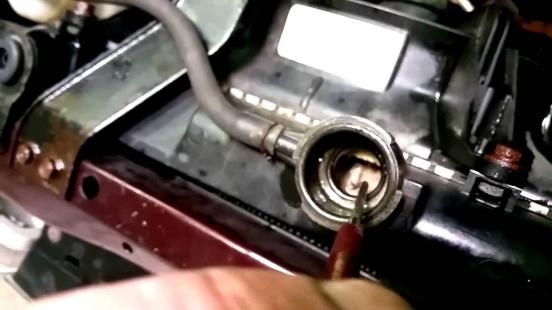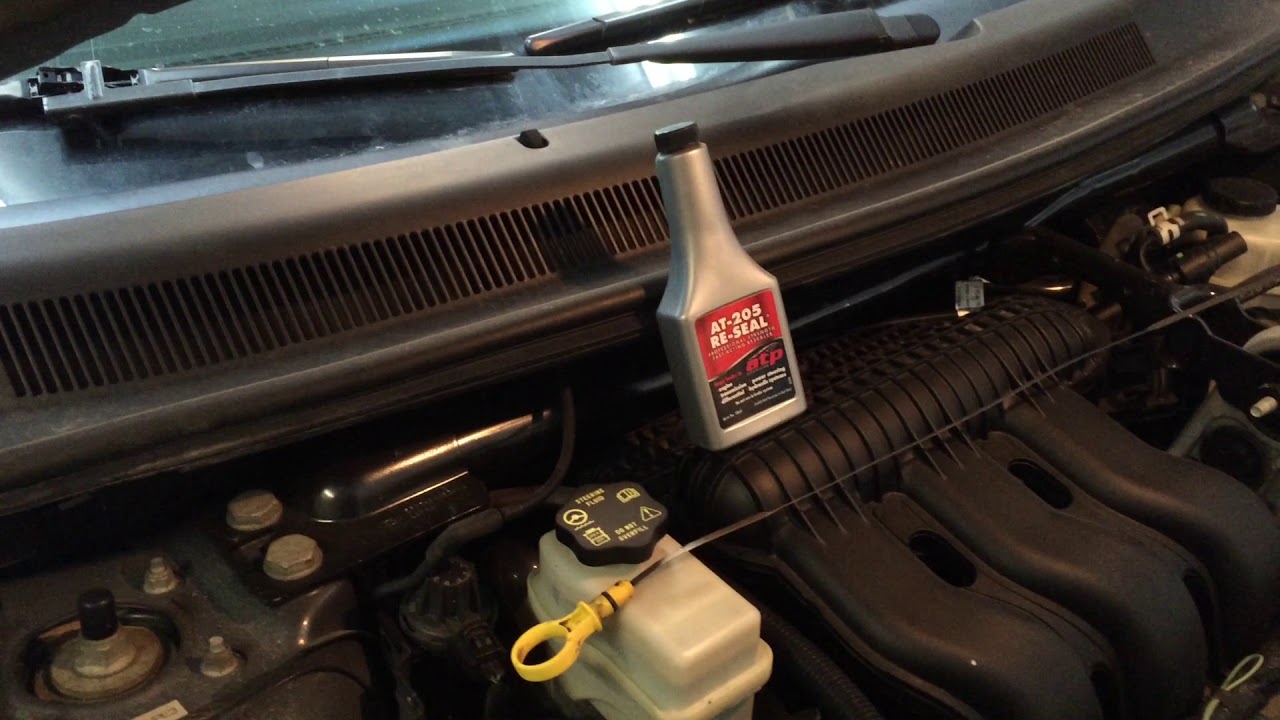Method of using sealant for a radiator
Sealants to eliminate radiator leaks

If you have a leak in the radiator of the engine cooling system, do not rush to change the radiator. When using the means of restoring the cooling system, there is a high probability of repairsuch a malfunction. When choosing at 205 reseal to eliminate radiator leakage, it is necessary to determine what is on the market today and what tasks it should solve.


Sealant tasks for eliminating leak of a car radiator
When used in the system, the compositions used usually accumulate in stagnant zones, where they form a rather strong structure that prevents the coolant from escaping. Sealants reliably eliminate the exit of antifreeze or antifreeze at the place of incomplete soldering of copper radiators, at the junction of plastic cans with an aluminum radiator, through broken radiator tubes (before repair, squeeze the tubes above and below the leak to minimize cracks), through the pump gasket (seals) or a thermostat (white spots of smudges on the surface of the engine), through the radiator nozzles and the heater tap, through the seal on the heater cock of the cabin heater (antifreeze flows into the cabin), from the radiator of the cabin heater (there is a smell of toso in the cabin and sweat, and glass).
The principle of operation of the sealant is simple. In those places where there is a constant flow (passage zones), the sealant does not linger. In places where stagnant zones have formed, or a minor course, the sealant particles accumulate and have time to stick together, as a result, a kind of cork forms, which provides sealing.
Types of sealants to eliminate leaks in the car radiator
If we turn to historical facts, then it is worth saying about mustard. Dry mustard covered with coolant in the cooling system (radiator) will eventually swell and will have “low” sealant properties. As a result, mustard is cooked and transformed into a single lump in the stagnant zone. Unfortunately, this “treatment” is not always effective, since mustard is still not a sealant. It has low cohesive properties, and even if it has coped with its task initially, it can be washed and the leak will open again. In addition, for its effective work, too much mustard is required, as a result, its surplus can accumulate in pipes, tubes and clog holes.
Powder sealant to eliminate leaks in the car radiator.
Powder sealants work on the principle of dry mustard. Above, we have already described the principle of operation of such sealants, (for example, mustard), their plus low price, minus - low efficiency. Powder sealants to eliminate radiator leaks can be presented in the form of polymers, but in fact they are not. So, a powder is added to a bottle with a liquid, while the powder does not react, does not bake until it is heated. Most often these are bottles with fairly liquid formulations and pronounced separated fractions of the powder and the solution in which they are located. The polymer sealant for the radiator has a uniform composition and color, more about it later